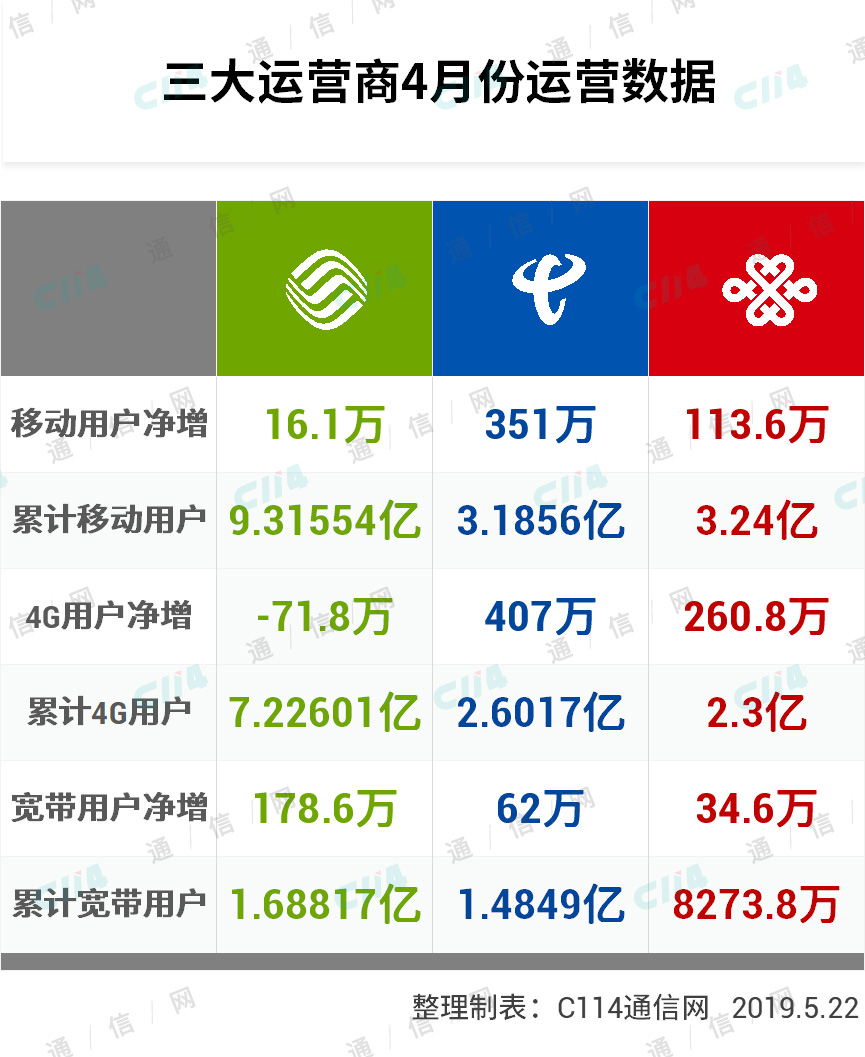前言
 (资料图)
(资料图)
如果你有单独的后端开发服务器 API,并且希望在同域名下发送 API 请求 ,那么代理某些 URL 会很有用。
解决开发环境的跨域问题(不用在去配置nginx和host, 爽歪歪~~)
在webpack.config.js中配置
下面简单介绍一下五个经常使用的场景
使用一:
mmodule.exports = { //... devServer: { proxy: { "/api": "http://localhost:3000" } }};请求到 /api/xxx 现在会被代理到请求 http://localhost:3000/api/xxx, 例如 /api/user 现在会被代理到请求 http://localhost:3000/api/user
使用二
如果你想要代码多个路径代理到同一个target下, 你可以使用由一个或多个「具有 context 属性的对象」构成的数组:
module.exports = { //... devServer: { proxy: [{ context: ["/auth", "/api"], target: "http://localhost:3000", }] }};使用三:
如果你不想始终传递 /api ,则需要重写路径:
module.exports = { //... devServer: { proxy: { "/api": { target: "http://localhost:3000", pathRewrite: {"^/api" : ""} } } }};请求到 /api/xxx 现在会被代理到请求 http://localhost:3000/xxx, 例如 /api/user 现在会被代理到请求 http://localhost:3000/user
使用四:
默认情况下,不接受运行在 HTTPS 上,且使用了无效证书的后端服务器。如果你想要接受,只要设置 secure: false 就行。修改配置如下:
module.exports = { //... devServer: { proxy: { "/api": { target: "https://other-server.example.com", secure: false } } }};使用五:
有时你不想代理所有的请求。可以基于一个函数的返回值绕过代理。
在函数中你可以访问请求体、响应体和代理选项。必须返回 false 或路径,来跳过代理请求。
例如:对于浏览器请求,你想要提供一个 HTML 页面,但是对于 API 请求则保持代理。你可以这样做:
module.exports = { //... devServer: { proxy: { "/api": { target: "http://localhost:3000", bypass: function(req, res, proxyOptions) { if (req.headers.accept.indexOf("html") !== -1) { console.log("Skipping proxy for browser request."); return "/index.html"; } } } } } };解决跨域原理
上面的参数列表中有一个changeOrigin参数, 是一个布尔值, 设置为true, 本地就会虚拟一个服务器接收你的请求并代你发送该请求,
module.exports = { //... devServer: { proxy: { "/api": { target: "http://localhost:3000", changeOrigin: true, } } }};vue-cli中proxyTable配置接口地址代理示例
修改 config/index.js
module.exports = { dev: { // 静态资源文件夹 assetsSubDirectory: "static", // 发布路径 assetsPublicPath: "/", // 代理配置表,在这里可以配置特定的请求代理到对应的API接口 // 使用方法:https://vuejs-templates.github.io/webpack/proxy.html proxyTable: { // 例如将"localhost:8080/api/xxx"代理到"https://wangyaxing.cn/api/xxx" "/api": { target: "https://wangyaxing.cn", // 接口的域名 secure: false, // 如果是https接口,需要配置这个参数 changeOrigin: true, // 如果接口跨域,需要进行这个参数配置 }, // 例如将"localhost:8080/img/xxx"代理到"https://cdn.wangyaxing.cn/xxx" "/img": { target: "https://cdn.wangyaxing.cn", // 接口的域名 secure: false, // 如果是https接口,需要配置这个参数 changeOrigin: true, // 如果接口跨域,需要进行这个参数配置 pathRewrite: {"^/img": ""} // pathRewrite 来重写地址,将前缀 "/api" 转为 "/"。 } }, // Various Dev Server settings host: "localhost", // can be overwritten by process.env.HOST port: 4200, // can be overwritten by process.env.PORT, if port is in use, a free one will be determined}更多参数
dev-server 使用了非常强大的http-proxy-middleware , http-proxy-middleware 基于 http-proxy 实现的,可以查看 http-proxy 的源码和文档:https://github.com/nodejitsu/node-http-proxy。
target:要使用url模块解析的url字符串 forward:要使用url模块解析的url字符串 agent:要传递给http(s).request的对象(请参阅Node的https代理和http代理对象) ssl:要传递给https.createServer()的对象 ws:true / false,是否代理websockets xfwd:true / false,添加x-forward标头 secure:true / false,是否验证SSL Certs toProxy:true / false,传递绝对URL作为路径(对代理代理很有用) prependPath:true / false,默认值:true - 指定是否要将目标的路径添加到代理路径 ignorePath:true / false,默认值:false - 指定是否要忽略传入请求的代理路径(注意:如果需要,您必须附加/手动)。 localAddress:要为传出连接绑定的本地接口字符串 changeOrigin:true / false,默认值:false - 将主机标头的原点更改为目标URL参考
官方文档
http-proxy-middleware
node-http-proxy
API Proxying During Development
以上就是本文的全部内容,希望对大家的学习有所帮助,。
关键词: Webpack-dev-server proxy




































































